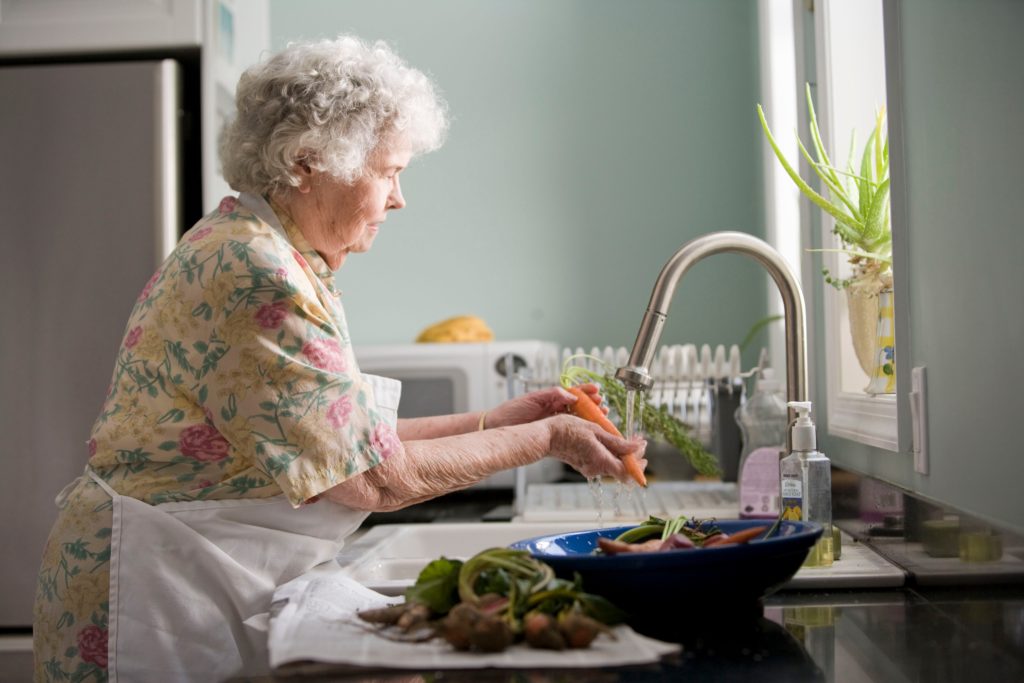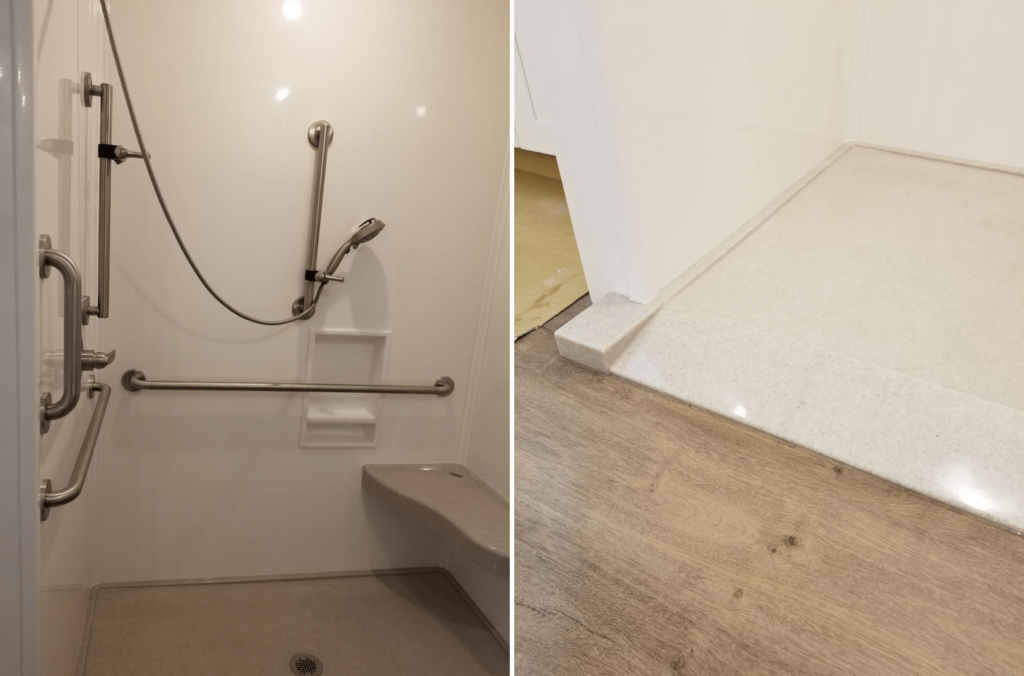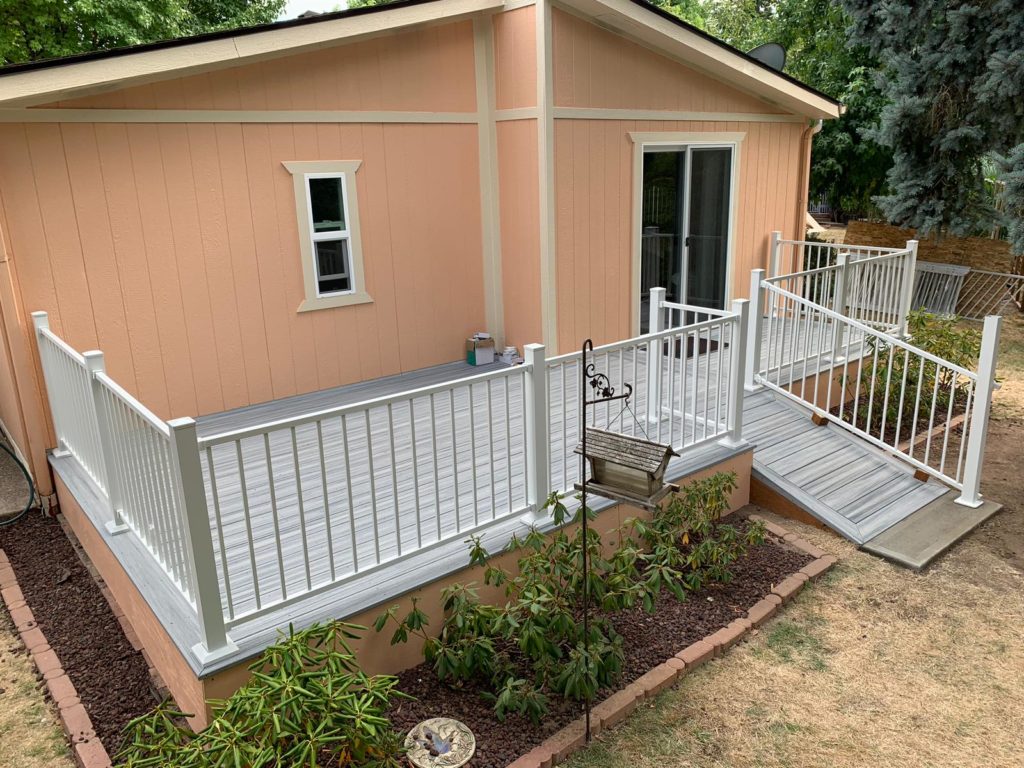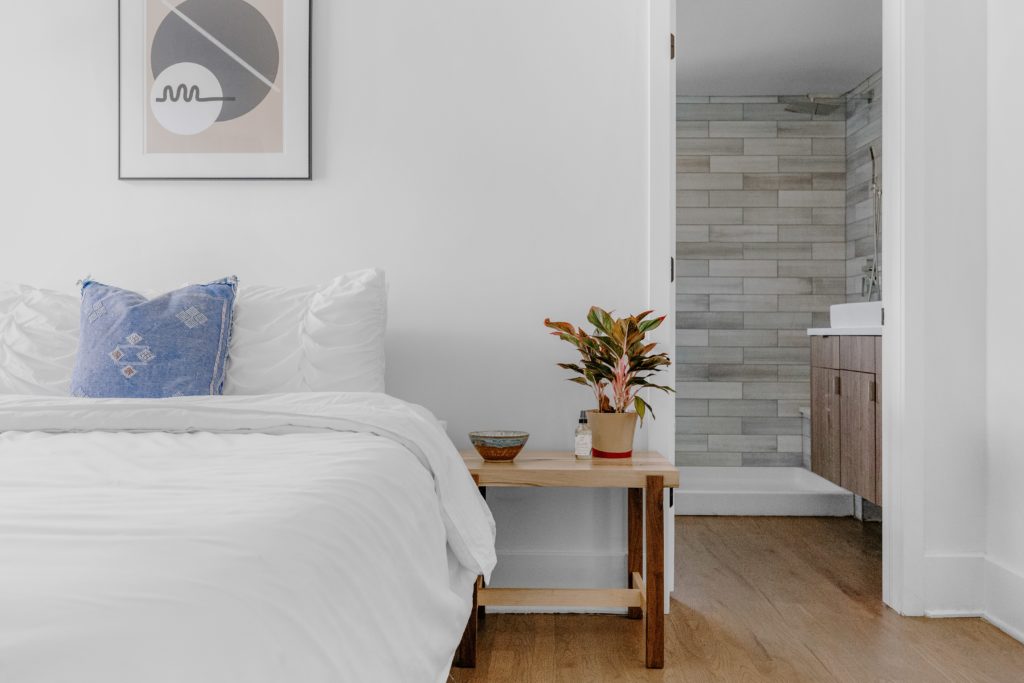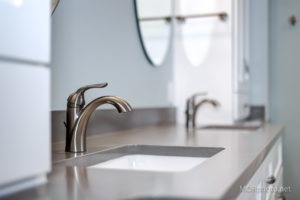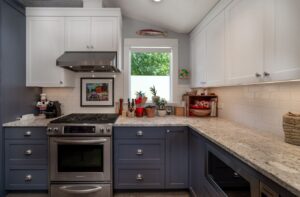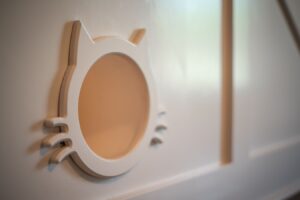Do you enjoy the comforts of your home? Do you find the idea of moving to a care facility and having strangers assist you in your personal habits unappealing? The cost of assisted living facilities can be steep. Even short-term stays can put a major strain on your retirement financials. Modifications to an existing home can be a great way to stay in your beloved home and stay safe. Here are some items you’ll need to address to keep you in the comfort of your home.

1) Widen Your Doorways
Most interior doorways are between 30″ – 32″. Enlarging them to a minimum of 36″ to allow for wheelchairs, walkers or other mobility devices is typically doable. There are times when a light switch or receptacle must move, but this is usually an easy task.
2) Kitchen Modifications
Lowering the microwave under-the-counter and installing a shallow sink are the two most common alterations. Open shelving is also becoming common. Another great idea is to choose countertops and a backsplash that are different colors, to accommodate for potential depth-perception issues.
3) Bathroom Alterations
A “chair height” toilet, a zero-threshold or ramped shower curb, a shower seat, and grab bars typically complete the bathroom improvements, but anti-slip flooring is also an item you should consider. You’ll also want to make sure there is enough lighting to accommodate potential vision degeneration.
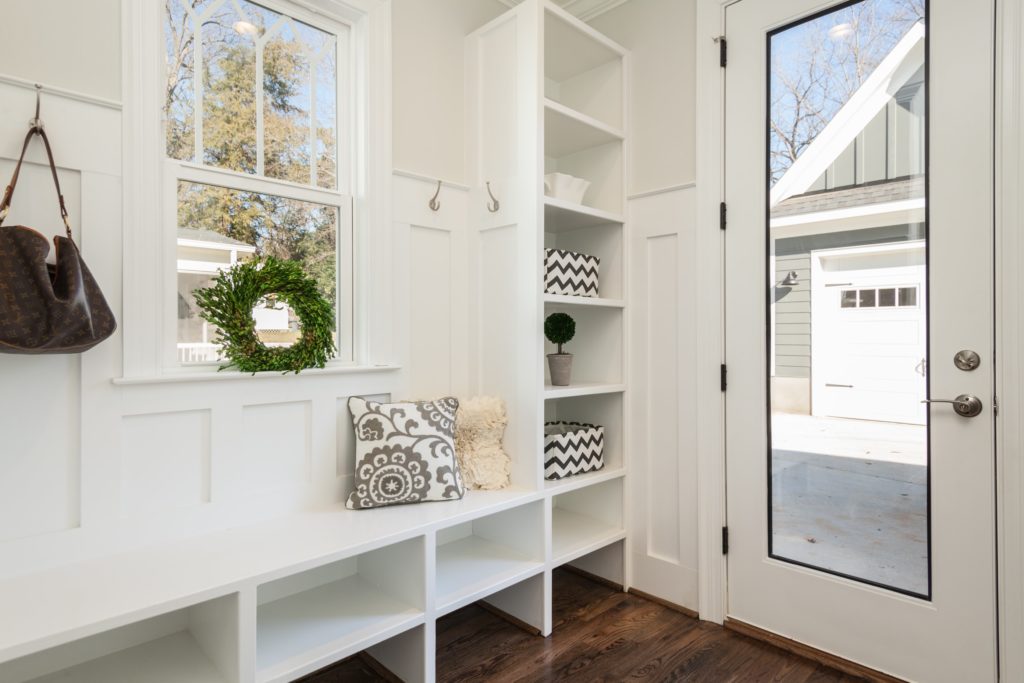
4) Door Handles
Converting your handles from knobs to levers makes entering and exiting much easier. Twisting a knob with weak or arthritic hand can be difficult, painful, and frustrating. This simple and inexpensive upgrade is a quick fix.

5) Update Your Exterior Pathways
Rough terrain such as decorative stones, broken concrete, or dirt pathways can make wheelchairs, walkers, canes, and crutches very difficult to use. Consider resurfacing your existing dirt pathways with smooth pavers or new concrete, and fix any large cracks in existing concrete.
6) Ramps
Even single-story homes often have a couple of steps leading into the home. There are several ramp solutions that can turn these hazards into accessible pathways for those with limited mobility. Collapsible ramps, portable ramps, poured concrete, or wooden ramps can help you quickly eliminate any steps into a wheelchair accessible entry. There are also threshold ramps that create a gentle slope through doorways for easier movement into the home.
7) Adding a “Snore Room”
Often as couples age, they find they need different sleeping arrangements. A “snore room” is a great way place for a spouse with nocturnal issues. This can also be used as an assistant’s room, if it’s needed. You don’t always have to put an addition on to the home for this either – you can often convert two smaller rooms into a second master with en-suite.

